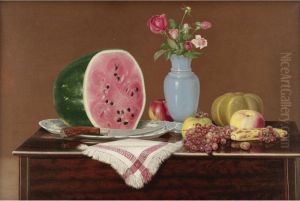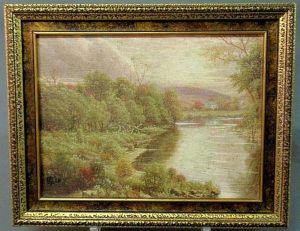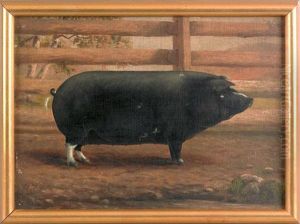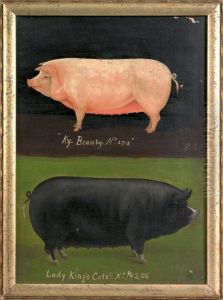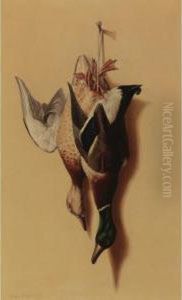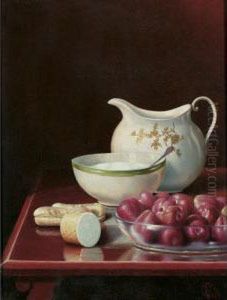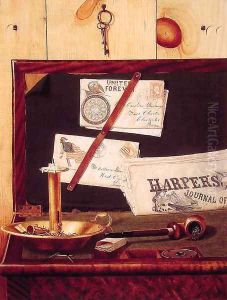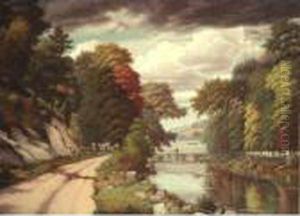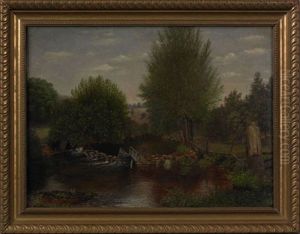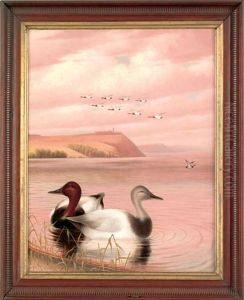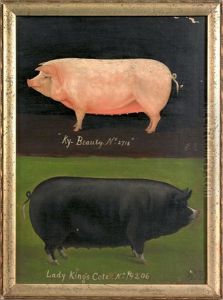George Cope Paintings
George Cope was an American artist known for his trompe-l'œil still life paintings, a genre that involves rendering objects with photographic realism to trick the eye into thinking they are three-dimensional. Cope was born in West Chester, Pennsylvania, in 1855, and he became part of the late 19th and early 20th-century American art scene, which was influenced by various artistic movements and styles.
During his lifetime, Cope studied with artists such as Thomas Eakins, who was a significant figure in American realism. His education and artistic development were also influenced by his time at the Pennsylvania Academy of the Fine Arts, which has been a pivotal institution in the training of American artists.
Cope's work is often characterized by its meticulous attention to detail and texture, as well as its play on perspective and shadows. He primarily focused on still life compositions, notably featuring game, fish, and household objects that are arranged in a way to showcase his skill in rendering materials and surfaces. His paintings often included elements such as newspapers, smoking pipes, and hunting equipment, which were common motifs in trompe-l'œil paintings of the time.
Despite being a part of the trompe-l'œil tradition, Cope's work was also unique in its own right. He had a distinct style that set him apart from other artists in the genre, such as William Harnett or John F. Peto, who were his contemporaries. Cope's paintings are now considered a part of the rich tapestry of American art history and can be found in various art galleries and private collections.
George Cope continued to paint throughout his life, contributing to the American art scene until his death in 1929. His legacy lives on through his works, which continue to be appreciated for their technical prowess and their place in the evolution of American still life painting.



